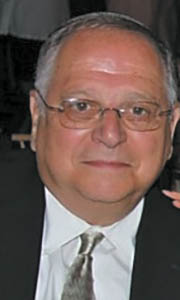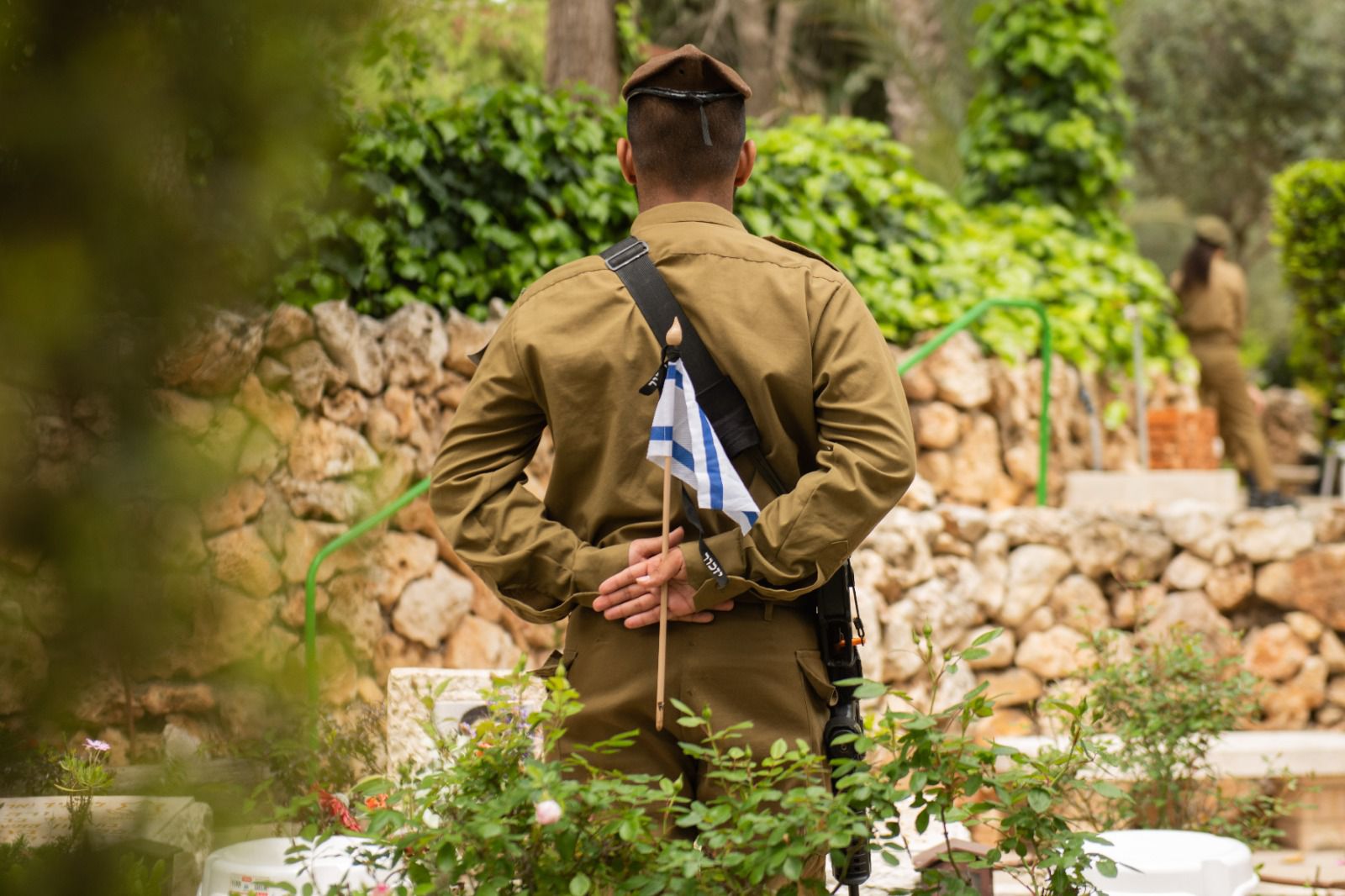



It is my firm belief that principals and heads of school need to be educators and educational leaders first and foremost. They need to be in the classrooms constantly, observing and working with teachers to make them as effective as their abilities allow, and to help them rise above whatever shortcomings may exist. Leave the administrivia to others. There are plenty of (too many?) administrators in our schools to deal with assemblies, programming, PR, fundraising etc. Unfortunately, in today’s world, not every principal’s strength is teaching or teacher supervision.
Regardless of a principal’s abilities to coach teachers, regular formal and informal evaluations are mandatory. There are many formats to accomplish this. Back in the day I would videotape a teacher’s lesson. Simply by viewing the tape a teacher would see immediately if he/she was sticking to the lesson plan, allowing sufficient response time to questions, if he/she was calling only on boys/girls, or only to one side of the room, was speaking too quickly, was asking challenging questions not just regurgitation etc. Substandard performance tapes would be erased. Good ones would be saved in a library of teaching excellence by subject and grade.
Another technique is called Teaching Rounds, much like Grand Rounds for medical students in a hospital. Every school has exceptional teachers who stand out. Keeping an exemplary teacher’s knowledge and ability isolated inside a classroom isn’t just poor practice, it’s almost malpractice. Schools can work out the schedule so that on a regular basis teachers can observe another teacher teach. The learning experience and feedback of what they will learn will be very worthwhile. This applies to veteran educators as well as to novice teachers. In educational research terminology this is referred to as creating a community of practice.
There are good teachers, excellent teachers, and exceptional teachers. We know who they are. They are the ones parents clamor for for their children. These teachers seems to be tapping into multiple brains simultaneously, quickly analyzing what different students need, and responding in the moment to meet those needs. Add to that warmth and humor, and this classroom is alive with learning. Whether the subject is math, chumash, science, or dinim, there is excitement taking place in this classroom.
Colleagues who have worked side by side for years in adjoining classrooms may be unaware of what is happening next door. Not once has either of them ever been in the other’s classroom to observe. Teachers learn a great deal about how to work better as they work every day. They deepen their knowledge about students and teaching every time they step in front of a classroom. Although teachers can learn a great deal from research, they also can also learn a great deal from each other, especially when they have the opportunities and structures to do so.
Although it is wonderful that some students have the opportunity to learn from an extraordinary teacher, his/her presence in that school does not help the other students in that school. Those children don’t benefit at all from having this exemplary teacher in their school because this knowledge and these skills were never shared with colleagues. Don’t those children also have the right to benefit from what was known and demonstrated by an exemplary teacher? Children’s educational life will be enhanced if teachers share what they know with each other.
No teacher should work in isolation. By opening the doors to their practice, teachers demonstrate the value they place on their own learning and their belief that they have much to share with others.
My sixth-grade teacher, Mrs. Oestreicher, made us memorize the following words and had us chant them in unison at the end of the school day:
Good, better, best. Never let it rest. Until the good is better, and the better is best.
By Wallace Greene










